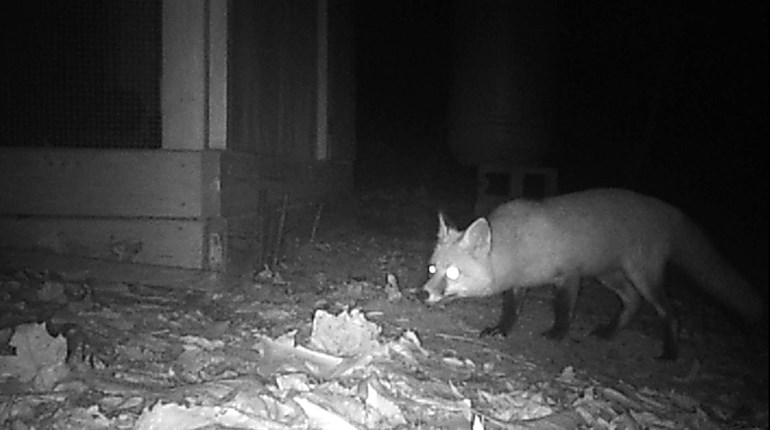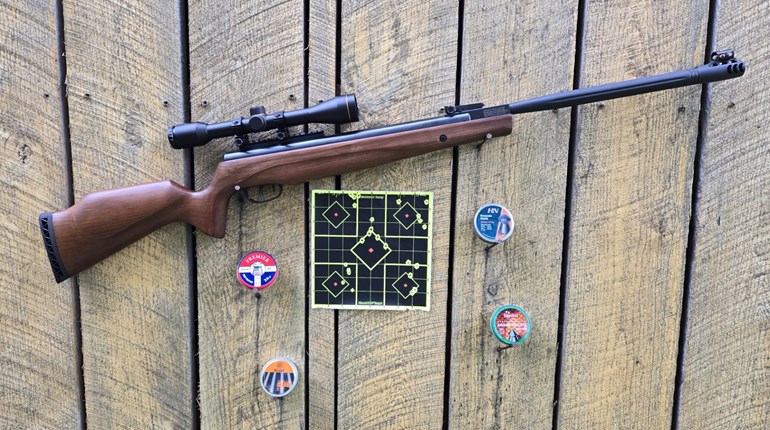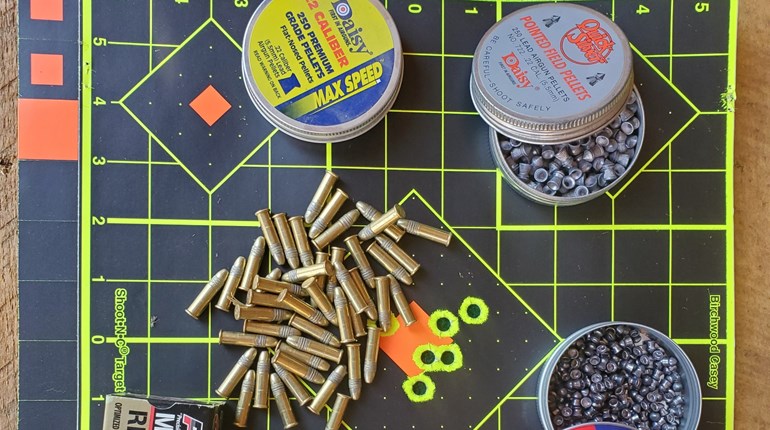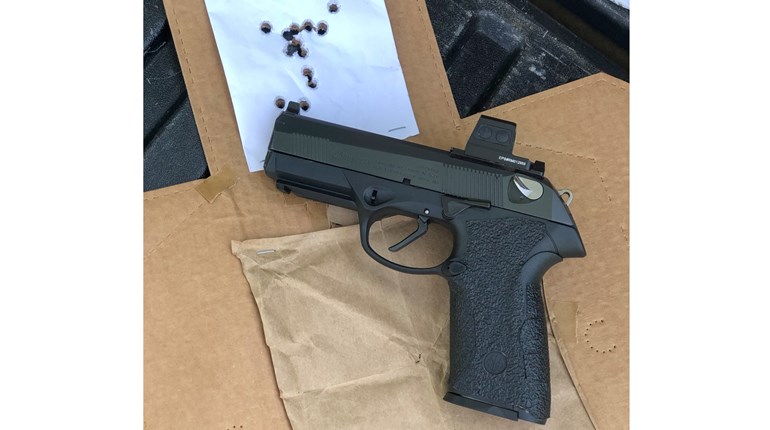
A morning's heated conversation with Mr. Tom has ended with your shot, and you now have the duty of turning him into both a beautiful reminder of your hunt via a fan mount, and the enjoyment of putting the meat on the table for friends or family to share. Here are the steps to follow once you have the bird tagged and at home where you take care of this chore.
Step 1—Preparation First
Create a clutter-free area that is comfortable to do some minor butchering. I like to have a place in the shade as the spring sun can be hot. Locate a big cutting board, some surgical gloves, a sharp knife, a few clean bowls, a water supply to wipe or wash the tools off, some bags to put the meat in, and perhaps a partner to assist.
 Step 2—Remove the trophy parts
Step 2—Remove the trophy parts
Using a sharp knife, cut the beard off from the chest of the bird taking care to cut behind/above the location where it connects to the chest. Use your non-knife hand to gently pull outward on the beard while doing this. Sometimes removing a few feathers from around the beard is a good idea. Trim off any excess skin or fat, but leave enough material there to keep all the strands of the beard connected. Next, cut the legs off at the joints if you wish to retain the spurs.
Removing the fan is not difficult. I prefer to grasp the tail feathers and squeeze them together at the base of the tail and tug a little, cutting the whole knob of fatty flesh where all the tail feathers attach. As with the beard, take the time to trim off all the excess skin and fat without disengaging the tail feathers. Enough material needs to be left to salt and dry out to create your fan mount.
If there are any particular feathers you want to retain, now is the time to do that. Some hunters like to keep a wing or some wing feathers for a hat.
Step 3—Breasting the bird
Most people do not pluck a whole spring gobbler, but you certainly could. Instead, most people remove the breast and the legs. Start by removing the feathers off the breast area where the meat is. Pull the skin up and insert your knife to pierce just the skin before working your fingers into the opening and pull the skin off the breast and downward to the legs as far as possible.
Using a sharp knife such as a filet knife, work the blade down along the breast bone and follow all the bones until each side of the breast is removed. Sometimes it is best to pull the crop up and out of the way as you do this. Trim any missed meat off, such as from the area around the wishbone. (Any trimmed-off small pieces are great when stir-fried with some sweet peppers.)
Step 4
Push downward firmly on the legs, splaying them apart and out of socket. Cut down along the body of the turkey to those joints and deftly cut the tendons and ligaments holding the now popped socket, taking the time to further physically separate them if necessary, by pushing backwards before using the knife again. Repeat this on the other leg. Cut off any skin that you wish to remove.
Step 5
If you want you, can flip the bird carcass over and pull the skin away from the back, feathers and all, and try to trim out the meat from the back or wings. Make a point to take time to trim off shot meat, dirt, leaves, feathers, etc. Use the point of the filet knife to follow any holes to where shot has driven feathers into the meat. Meat that is bruised, shot or overly bloody does not taste good. Wash the meat and then cut into meal-sized portions before vacuum-sealing, then freeze what you won’t eat immediately.
Wild turkey is very good and flavorful. Some will say that the legs are not worth eating, but I beg to differ. Take the legs and put them both in a slow cooker, separating the thigh and drumsticks if necessary, and add some water or chicken broth. Put the cooker on low for at least 6 hours or more keeping them mostly covered with fluids. The meat will fall off the bone.
Whole bird? Get plucking!
Should you wish to pluck your bird, you can most easily do so by removing the beard and tailfeathers first as described above. Remove the head as well. Next, heat a pot of water that is big enough to dunk your bird in to 150 degrees using a propane cooker. Filling the pot about halfway with water will end up covering an average 18–21-lb. bird. Hold the bird by its feet and dunk the bird and swish it around to be sure it is submerged, and the heated water loosens the feathers. Normally this takes about 45 seconds to a minute but that can vary. Test this by tugging on the wing feathers. If they come out, the bird can be permanently removed and plucked.
It takes time to pluck. Get in a rhythm to pull upwards on the feathers more so than downward. Once the bird is fully plucked, cut the skin near the bottom of the breast bone where there is a soft spot all along the entrails and pull the entrails out. Remove the crop with a sharp knife, taking care not to puncture it. Rinse the bird out with cold water and remove the neck. I sometimes use a meat saw, but some heavy tin snips or even a cleaver will do if you are skillful in using it. Take care when plucking to not rip the skin.
This season, make the most of your spring gobbler and use our tips to get the bird ready for the fryer, pan or oven. Invite your family and friends and recount the hunt with them as you enjoy some wild grown, organic meat!






































